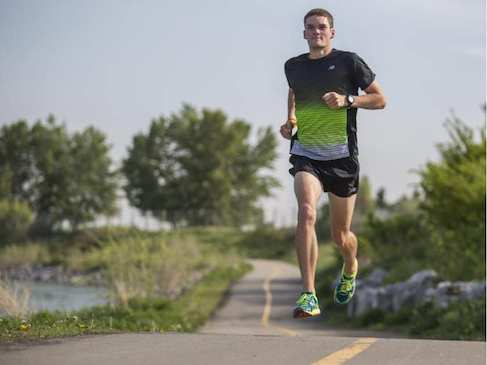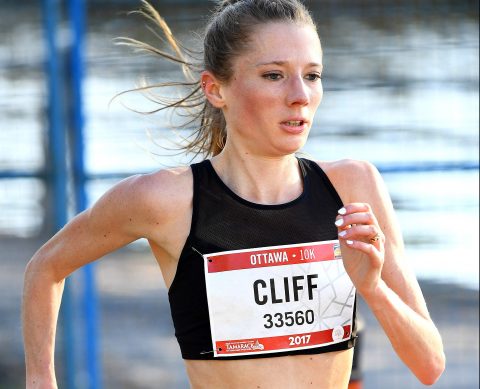
After a big fall race, it’s pretty easy to fall into a sort of no man’s land where the motivation and drive that carried you through to a goal race can hit rock bottom.
I found this period especially frustrating because as much as I didn’t want to think about running for a while, which was perfectly fine, I couldn’t forget about it altogether. In addition to rest, this was supposed to be a time of reflection where I’d look ahead and determine how I could improve in the coming year as well as build on past successes.
As I finally got to thinking, it seemed my thoughts were pretty directionless. My big dilemma was whether or not I’d make a full marathon a focus of 2018, but the answer to myself seemed to constantly be, “Ummm, I dunno.”
I figured this conundrum wasn’t unique to me. Goal setting needs guidance and I’ve often been terrible at it, so I asked Trevor Hofbauer, Dayna Pidhoresky, and Rachel Cliff for some simple tips and things we can take into consideration when planning for a successful future season.
There are two types of goals: outcome and process
Outcome goals are achievement oriented. This might be your PB or BQ. Canadian 10K champ Rachel Cliff warns that when it comes to personal bests, “The challenge is that they can be greatly impacted by things beyond your control, such as weather or another athlete’s performance.”
In contrast, “Process goals are something you can control and involve training and recovery.” Process goals, Rachel says, can involve “increasing running volume or being more consistent with physio drills.”
Essentially, in addition to the big flashy goals, set goals that will fine-tune your training. Be honest with areas where you may need more discipline or to be more proactive. The more we commit to process, the greater our chances that our outcome goals will become real.

Map out that process
Canadian men’s marathon champion Trevor Hofbauer reiterates the importance of holding yourself accountable on the way to big goals. Trevor says, “I think it’s important to pick one big race that you want to ace and add other smaller, tune-up races into your calendar, whether it’s a quarter, half, or equal to the distance of your big race.”
Of course, it’s important to always control for variables and have multiple measures for success at each race. Trevor says, “I usually set up three goals: A = shoot for the stars; B = realistic; and C = finish the race.”
They can’t all be PBs
Getting into some of those smaller races en route to the big one can help ensure that you’re not only on the right track, but also allow you to make tweaks in your big goals. Dayna Pidhoresky says to avoid the “all or nothing attitude.” “When I plan out my racing schedule, we pick a few big races in the spring and the fall and some interim ones to gauge fitness.”
These aren’t all out races where you leave everything on the course. Remember, you’re still in your build and don’t want to spend yourself out. These are the races that Trevor advises you run in a “controlled manner that doesn’t leave you to fatigued.”
Ask yourself questions
You’re only setting yourself up for disappointment if your goals don’t strike that necessary balance between realistic and challenging. Dayna urges that any runner setting goals take stock of the previous year and consider key questions such as, “How much am I willing to train? How well does a particular course suit my strenghts and weaknesses? How much does this race mean to me?”
Rachel says to also consider what went well and what didn’t and in doing so make your goals more realistic. If you’re well behind on building strength and injury prone, it probably doesn’t make sense to chase huge jumps in your PB without first addressing that gap in your training.

Be authentic
When it comes to your goals, they need to be that–yours! Anyone can set a goal, but if it doesn’t excite you it’s not worth it and you’ll likely be more frustrated in the end.
Set YOUR goals and run YOUR race!




 Our Magazine
Our Magazine
